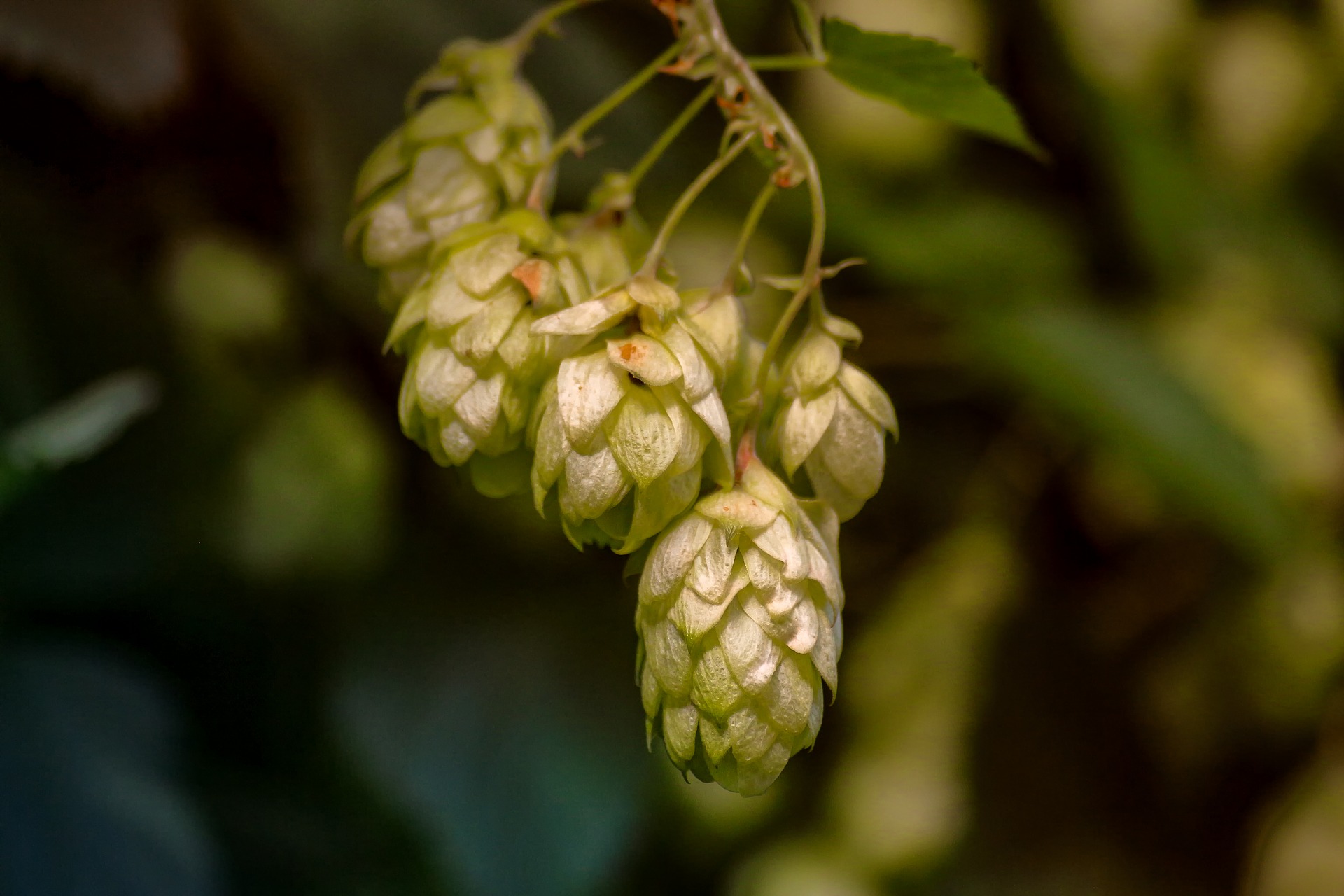New beer styles seem to emerge (or re-emerge) almost every week. Once you think you decided that you like an IPA, along comes the New England-style IPA (NEIPA), Double IPA (DIPA), West Coast IPA, Brut IPA … the list goes on and on. What are the differences? If I like this, will I like that? That conversation could be a post of its own.
What Are Hops?
For this post, we’re going to talk about one of beer’s four main ingredients … hops. Hops are those magical little cone-shaped plants that impart flavor, aroma, and some preservative qualities to beer. Hops can bring bitterness, sweetness, citrus flavors … it all depends on which hop or combination of hops the brewer chooses to use. Although there are only about 80 different types of hop plants, with cross-breeding and experimentation, the number of hops that can actually be used is difficult to pin down. This list from morebeer.com explains a bit about many of them, as well as the flavors they typically impart.
But there’s more to it than just adding hops to the brewing process. You may hear terms like DDH (double-dry hopped), dry hopping, wet hopping, dried hops, wet hops, fresh hops. What does it all mean? And what do these processes do to a beer?
Dry-Hopping
Simply put, dry-hopping is the process of dumping some hops into the beer within a few days of the bottling process. Brewers may arm-wrestle on when it’s best to do this: (one school of thought is to do so 2 weeks before bottling, allowing the flavors to meld. The other thought is to add dry-hop about 3-5 days before bottling, which brings the maximum aroma to the finished product.) Regardless, dry-hopping does not add to the bitterness of a beer. It simply extracts aroma and some hop flavor to the beer, without affecting the bitterness. Hops added early in the brewing process break down – that’s what brings the bitter to the party. Back to dry-hopping … this process releases aroma and hop flavor, but it doesn’t break the hop down, releasing the plant’s oils and resulting bitterness into the beer. If you’re reading between the lines here – yes, you’re correct. Hop flavor does not necessarily equate to bitterness. If you’ve ever smelled a beer and thought, “that smells like grapefruit,” it’s likely that you’re smelling a hop varietal that brings that aroma … not grapefruit added to the beer.
What is DDH, or Double Dry-Hopping?
The DDH-style beers (double dry-hopped) is basically the same thing, but with an additional round of dry-hopping.
Wet-Hopping
To understand wet-hopping, we must first understand the hop harvesting process. Most hops are kiln-dried almost as soon as they’re picked. From there, they’re formed into little pellets that are then shipped to brewers, ready to be added to the process. Some harvested hops are dried and left in the full cone form (not pelletized, while some others remain ‘wet.’) Wet hops are harvested and are ready to be added to the brewing process. And that’s the tricky part. Freshly-harvested hops have a very short shelf life and need to be used with 24-ish hours of being harvested. Since almost all US hops come from the Pacific Northwest, most true wet hop beers are going to come from the left coast. Since these aren’t pelletized, their flavors are less concentrated and therefore do not bring the same level of flavor or bitterness as the kiln-dried cousins. The main benefit is the addition of earthy, almost grassy, flavors to the beer.
Also, Fresh-Hopping is basically the same thing as Wet-Hopping, but these hops are kiln-dried in full cone form. This is a compromise between the longer shelf life of kiln-dried pelletized hops and the less concentrated earthy flavors of wet hops.
Does this help? Well, for now, hopefully. I’m sure that a new IPA varietal will come along tomorrow, making us write an update to this post. For now … happy drinking!



